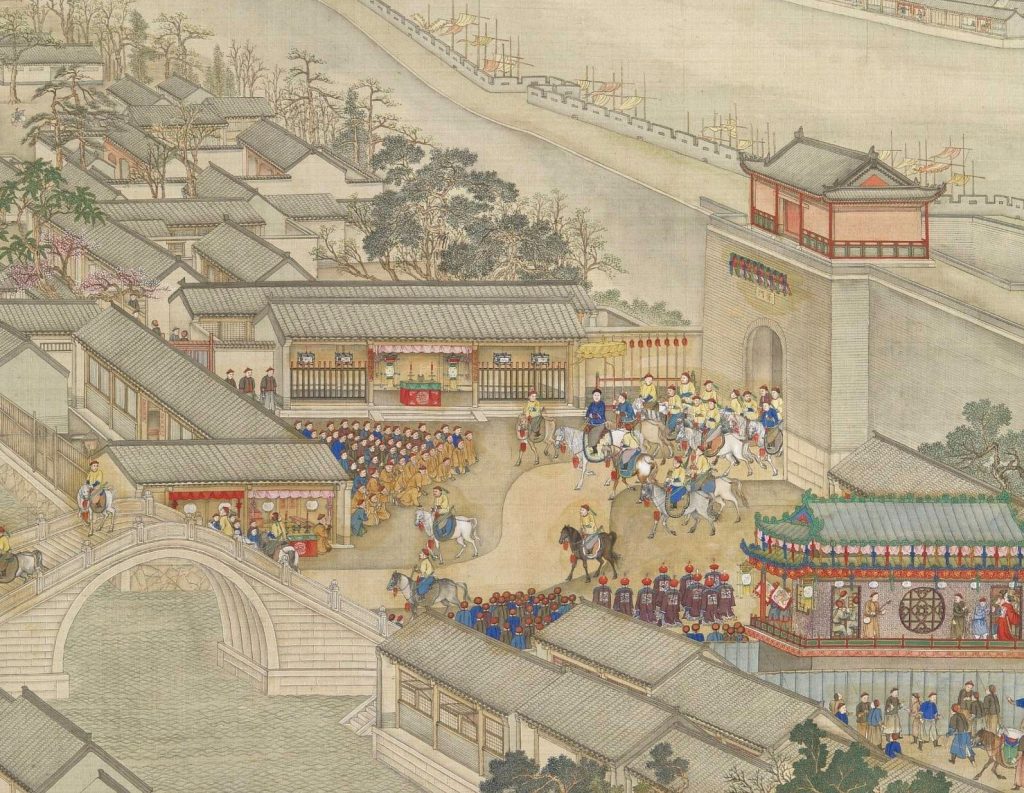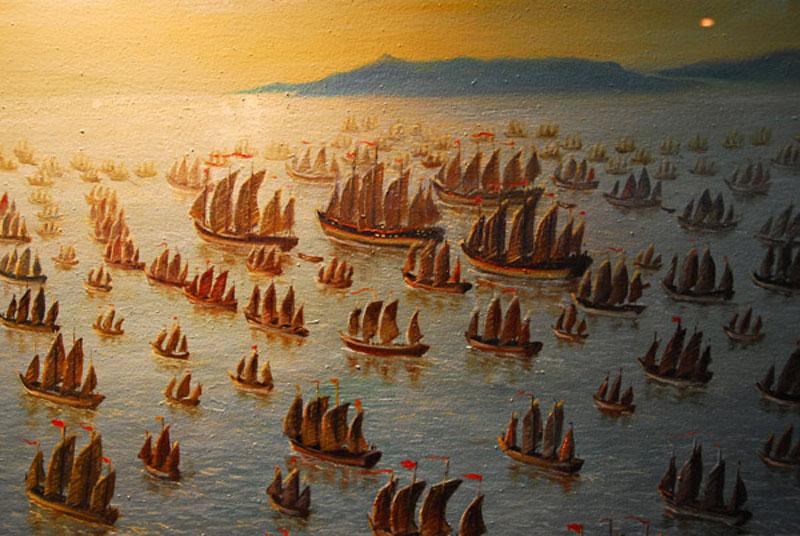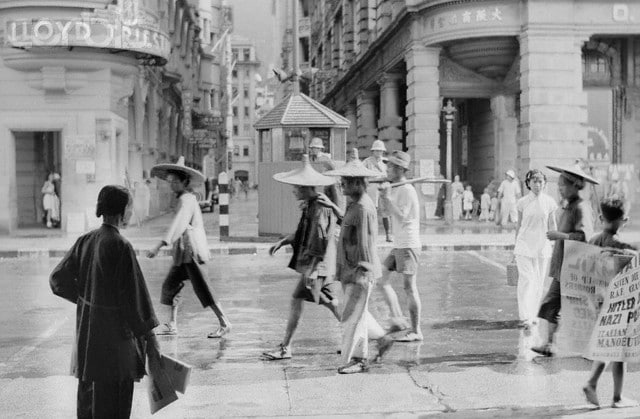China, one of the world’s oldest civilizations, has long managed the movement of people across its borders. The history of Chinese visas is a reflection of the country’s evolving political landscape, economic development, and diplomatic relations. From ancient travel permits to the modern visa system, China has continuously adapted its immigration policies to balance security with international exchange.
Ancient Travel and Early Border Control

In ancient China, movement across regions was often regulated by local rulers and dynasties. During the Han Dynasty (206 BCE – 220 CE), officials issued travel permits to merchants and envoys traveling along the Silk Road, one of the world’s most famous trade routes. These documents functioned similarly to visas, allowing passage through different territories while ensuring control over foreign interactions.
During the Tang Dynasty (618–907 CE), China became a major hub for international trade, culture, and diplomacy. Foreigners, especially from Central Asia, Persia, and even Europe, needed official permission to enter the empire. The Chinese government required foreign visitors to register upon arrival, much like today’s visa application process.
The Ming and Qing Dynasties: Increasing Restrictions

As China’s rulers became more concerned with security and maintaining control over foreign influences, travel regulations became stricter. The Ming Dynasty (1368–1644) introduced official border passes to regulate trade and diplomacy. Foreign traders and diplomats were required to present credentials before entering China.
The Qing Dynasty (1644–1912) took this control even further, especially after Western powers began increasing their presence in China. The empire restricted foreign travel to specific ports and implemented a “closed-door” policy. This was particularly evident in the Canton System, which limited foreign trade to the port of Guangzhou (Canton). Foreign merchants had to obtain special permits—early forms of visas—to conduct business.
The 20th Century: The Birth of the Modern Chinese Visa System

With the fall of the Qing Dynasty in 1912 and the rise of the Republic of China, a more structured visa system began to take shape. China began issuing official visas to regulate the entry of foreigners, particularly as international diplomacy and trade expanded.
However, the political landscape changed dramatically in 1949 when the People’s Republic of China (PRC) was established. Under Mao Zedong’s leadership, China adopted strict entry and exit policies. Travel to and from China was heavily restricted, with very few visas issued to foreigners. Only diplomats, select businesspeople, and those with government approval were allowed entry.
Reform and Opening: The Evolution of Modern Visas
China’s visa policies began to change in the late 20th century, particularly under Deng Xiaoping’s reforms in the 1980s. As China opened up to the world and pursued economic growth, the country introduced more structured visa categories.
In 1985, China officially established its Visa Law, which categorized visas based on purpose, including tourism, business, study, and work. This marked the beginning of China’s modern visa system, encouraging more foreign visitors while maintaining government control over immigration.
21st Century: E-Visas, Visa-Free Travel, and Changing Policies

Today, China’s visa system is among the most structured in the world, reflecting its global influence and economic power. Some key developments include:
- Visa-Free Policies: China has signed visa-free agreements with several countries for short-term visits, particularly in Asia and South America.
- E-Visa and 72/144-Hour Transit Visas: China introduced electronic visa applications and transit visa exemptions for travelers passing through major cities like Beijing and Shanghai.
- Work and Business Visas: As China became a global business hub, new visa categories (such as the Talent Visa for skilled professionals) were introduced.
- COVID-19 Impact: During the pandemic, China imposed some of the strictest travel restrictions in the world. However, by 2023, it began reissuing visas and relaxing entry rules.
Conclusion
The history of Chinese visas mirrors the country’s broader political and economic transformations. From ancient Silk Road travel permits to modern e-visas, China has continually adapted its visa policies to suit its national interests.
As China continues to strengthen its global ties, visa regulations will likely evolve further, balancing security concerns with the need to attract international tourists, investors, and skilled workers.

